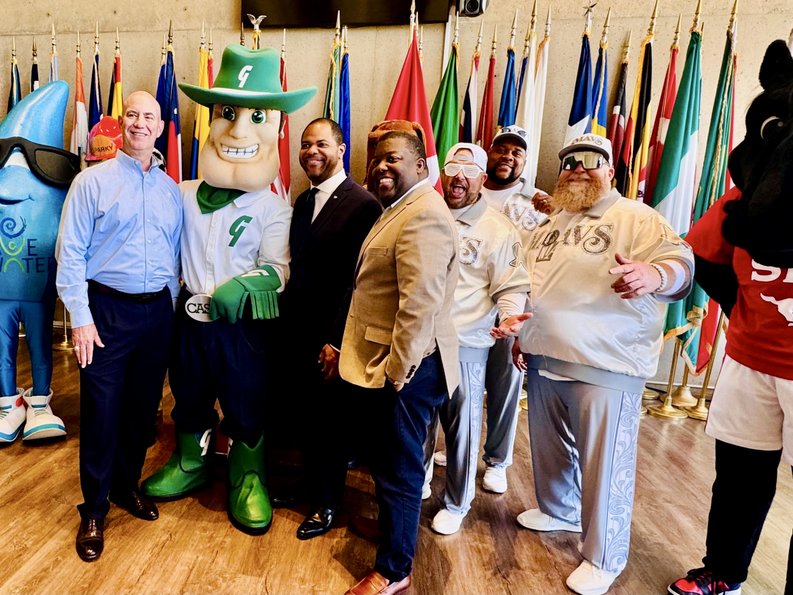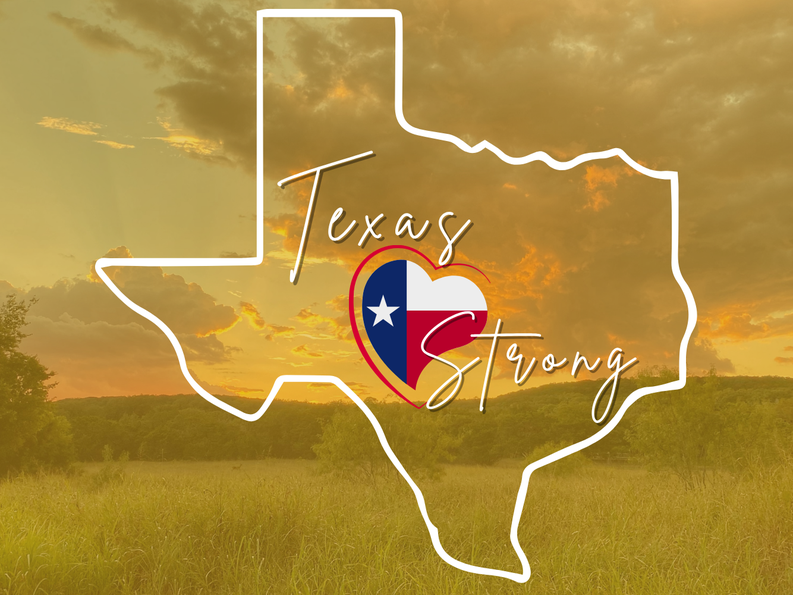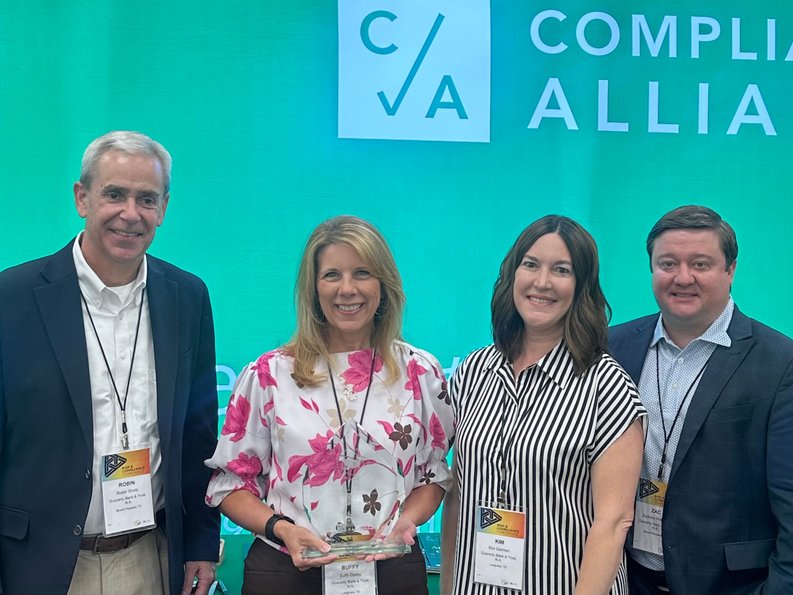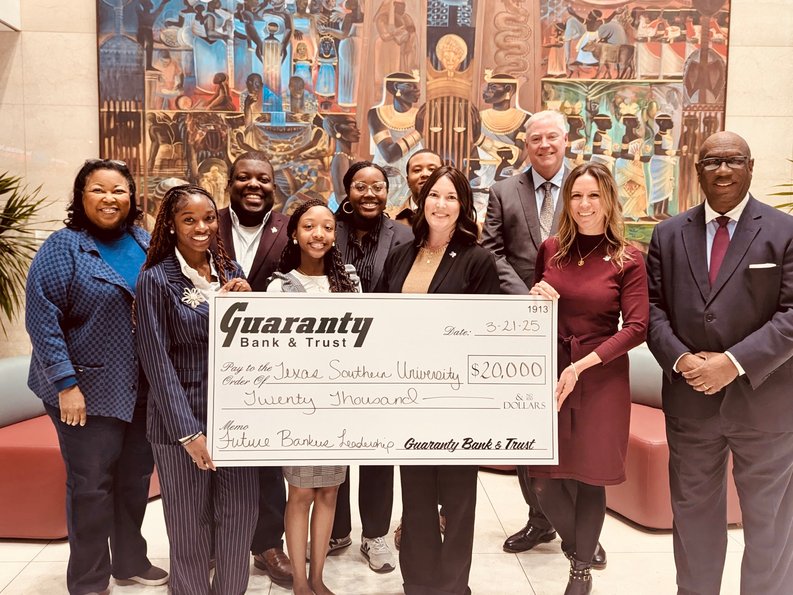
Blog
-
July 9, 2025
Guaranty Bank & Trust Donates to Texas Flood Relief
-
Aug. 28, 2024
The Importance of Supporting Texas Small Businesses
-
Aug. 14, 2024
How to Develop a Financial Plan: A Step-by-Step Guide
-
July 12, 2024
SBA 504 Loans: Your Path to Business Growth









